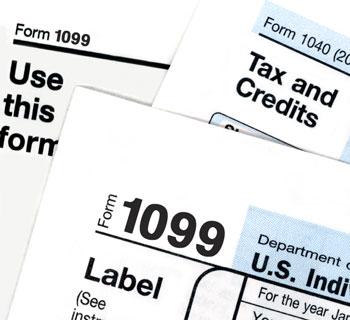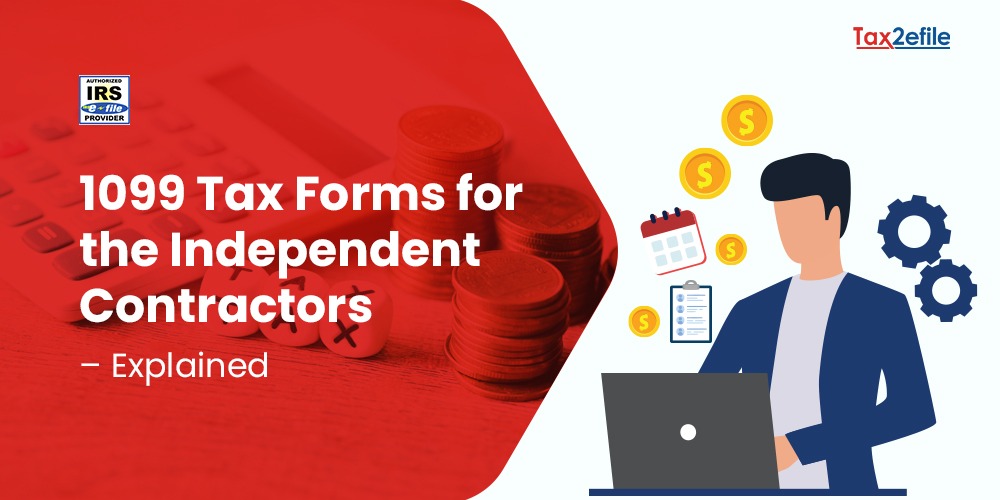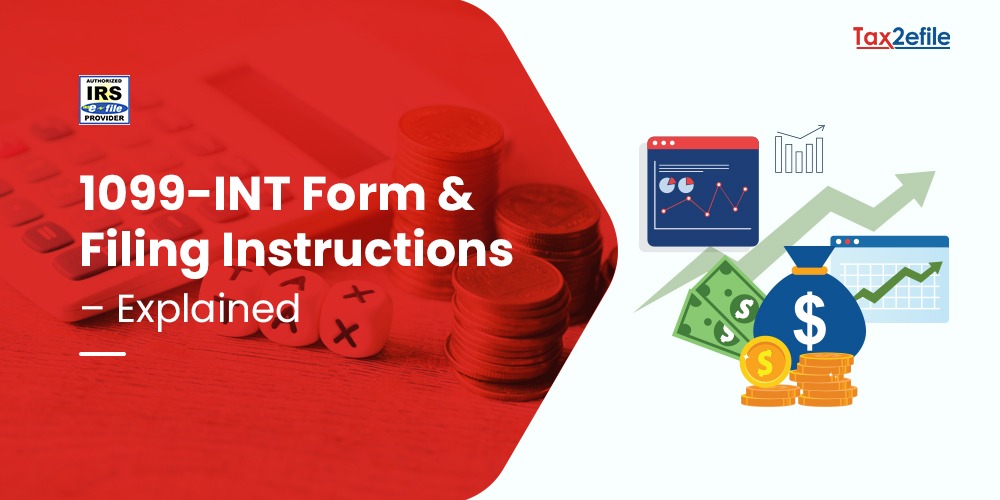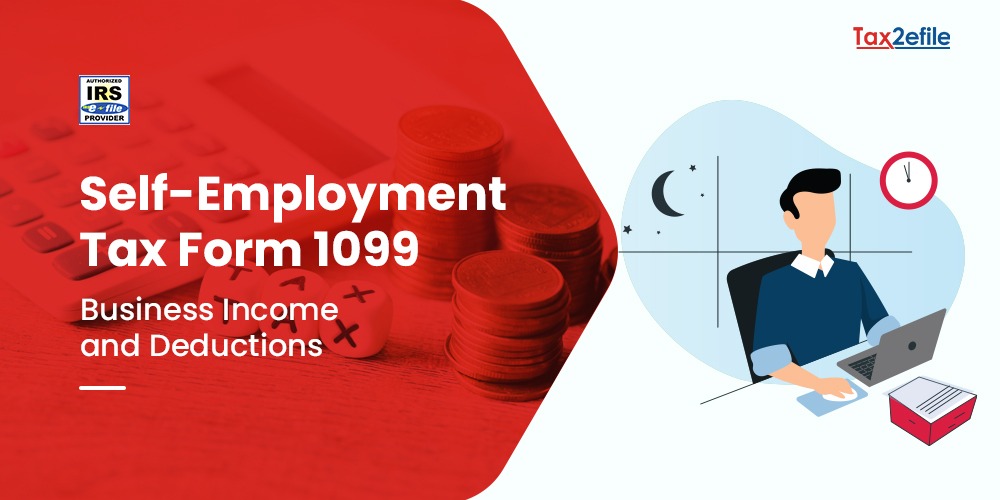- January 29, 2019

The new tax reform 2019 by Trump has had a tremendous impact on the taxes that one has to pay each year. Especially for freelancers or independent contractors.
Major changes that have affected these 1099 workers are the increment of standard deductions and the decrement of itemized deductions.
Another major change that has happened is the 20% pass-through deduction that is now available to practically every person other than a traditional employee.
Due to these reforms, the standard deduction available to a taxpayer has nearly doubled. As a result, about 90% of taxpayers are going to choose to take the benefit of standard deductions over itemized deductions. However, a good strategy would be to alternate between the two tax years. This means one can incur more deductible expenses in one year and skip incurring them in the next. This way, you can get the maximum benefits of both the deductions available to you as a taxpayer.
Even though some of the expenses may not be practical to plan in such a tax-centric way, like interest on mortgages, there are other expenses that can be planned in this way to offset the regular expense. A good example of this is charitable contributions.
Another option is timing your medical expenses to near the end of the tax year. This will allow you to take the deduction of the medical expenses over two years, as any general medical procedure requires more than a month’s time, and various doctor visits and prescription medicines.
Hire independent contractors for work instead of traditional employees. This is because an equal dollar amount paid to an employee is more expensive than if paid to a contractor, because of social security taxes.
For example, $100,000 paid to a contractor is actually equivalent to $107,650 paid to an employee. This is because the employer has to pay 7.65% Social Security and Medicare tax for his employees apart from the dollar amount already paid to them, whereas, a contractor being self-employed is liable to pay the entire 15.3% Self-employment tax by himself within the $100,000 paid to him just because he is self-employed.
Another way to save taxes is to avoid the penalties. One has to pay a penalty of a maximum of $2,000 (approx.) if he/she fails to make the minimum payment for health insurance, or to IRA as they are required to. One can completely avoid that if they deposit a certain sum of money in their IRA account. When depositing an IRA account, you are putting aside money for your children’s college fund, or your retirement. So the earlier you start, and the more you are able to set aside, the better corpus you’ll have accumulated by the time you retire.
However, if you are going from paycheck to paycheck, worry not. There is another way you can offset your tax expense. This is called harvesting. It means setting off your recognized investment gains by an equitable loss investment. This means, if you have a recognized gain from stocks or sale of capital assets, you can invest in a loss-making initiative, and cover the losses just enough to set off your gains. This brings down your tax incidence. However, this is not an advisable strategy, because, a little slip can cause you a lot of financial damage.


